Find out what all the sustainable clothing certifications mean.
I used to work for the federal government, and the federal government loves its acronyms. I felt like I had to learn a whole new language when I started working there, and sometimes I felt like the people using those acronyms didn’t know what they meant, either. Then when I learned what the letters stood for, I had to understand what they actually were.
So when I started paying attention to sustainable and ethical clothing, it felt eerily similar to my days in Washington, D.C. There are so many brands and bloggers throwing out these acronyms and certifications without really explaining what they mean.
Why should I care if this cotton is GOTS certified? Is GOTS better than OEKO-TEX? And what’s the difference between GOTS and OCS? So. Many. Questions.
I think that some brands and bloggers capitalize on the fact that consumers don’t really understand what these certifications mean. To be honest, I don’t fully understand all of the certifications and I’m more informed than the average shopper. I can’t tell you how many times I’ve read an explanation of a standard from its very own website only to think, “What the heck does that even mean?!”
That’s why I wanted to put together this blog post giving an overview of many of the sustainable clothing certifications you’ll see floating around. Just like you (hopefully) read the nutritional labels on the food you purchase, you should also read the textile labels on the clothes you buy.
Make sure you save and bookmark this post so you can reference it in the future. There are A LOT of standards out there and I know that I didn’t capture them all.
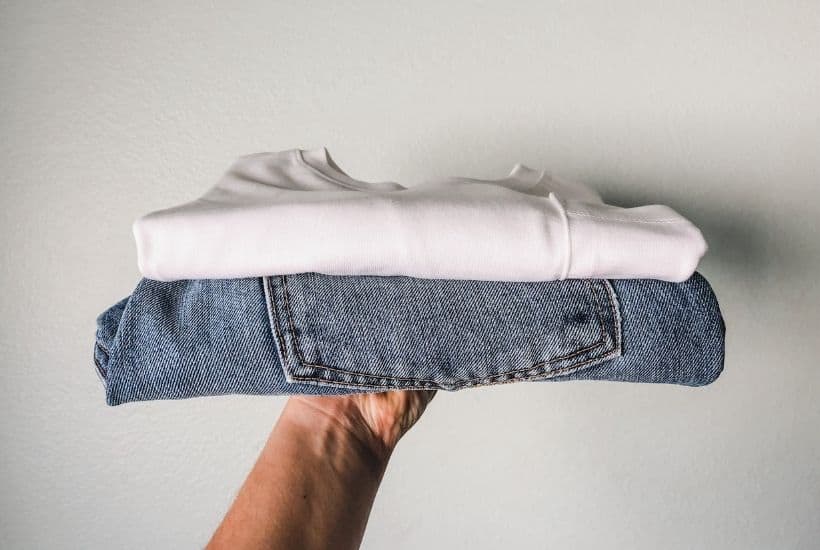
Sustainable Clothing Certifications
The terms organic, eco-friendly, and sustainable can be misleading or inaccurate. That’s why third party certifications are important because they’re how consumers know that products are organic, safe and non toxic, and/or made socially and environmentally responsibly.
Global Organic Textile Standard (GOTS)
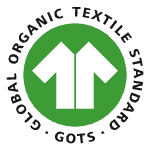
The Global Organic Textile Standard is the leading worldwide standard that ensures the certified organic status of textiles from harvesting of the raw natural fiber, through manufacturing, up to labeling. This standard ensures environmentally responsible manufacturing, including the use of low impact and low residual natural and synthetic chemical inputs. It also ensures safe working conditions for employees.
There are two GOTS labels: (1) “organic,” which requires a minimum of 95 percent organic fibers; and (2) “made with organic materials,” which requires a minimum of 70 percent organic fibers.
GOTS is made up of the Organic Trade Association (USA), the Soil Association (UK), International Association Natural Textile Industry (Germany), and the Japan Organic Cotton Association.
GOTS and USDA Organic – In the USA, the term “organic” is regulated by the U.S. Department of Agriculture’s National Organic Program (NOP) as it relates to agricultural products, including the farming of raw natural fibers like cotton, wool, and flax (linen). However, the NOP’s regulations do not cover the manufacturing or processing of textile products. Therefore, it’s highly unlikely that you’ll see the USDA Organic seal on any textile products.
The NOP states that textile products may be labeled as organic if they are certified by third-party certification bodies and all fibers identified as organic are produced and certified under NOP regulations.
And do you know what third-party certification meets the NOP’s criteria for selling organic textile products in the U.S.? It’s GOTS!
Organic Content Standard (OCS) / Organic Blended Content Standard
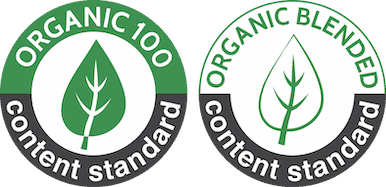
The Organic Content Standard (OCS) verifies the presence and amount of organic material in a product. It applies to products that contain 5-100 percent organic material. The OCS ensures that the identity of the organic content is maintained from farm to final product.
The OCS label is used when products contain at least 95 percent organic material. The OCS Blended label is used when products contain 5-94 percent organic material. The OCS allows label claims that state “contains X% organically grown cotton.”
So what’s the difference between GOTS and OCS? The OCS does not address the environmental or social aspects of manufacturing like GOTS does.
STANDARD 100 by OEKO-TEX

Textiles that are labeled with the STANDARD 100 label have been tested for harmful substances and were found to have no harmful substances left in the final product.
The STANDARD 100 by OEKO-TEX label doesn’t mean a product is organic, and it doesn’t include standards for the farming or manufacturing of the product. GOTS is a higher standard than OEKO-TEX.
MADE SAFE Certified

Products that are MADE SAFE® certified are made with safe ingredients and were not produced with any known or suspected toxic ingredients. The banned list contains more than 6,500 substances that are prohibited in MADE SAFE® certified products, including behavioral toxins, carcinogens and probable carcinogens, heavy metals, developmental toxins, reproductive toxins, endocrine disrupting compounds, fire retardants, neurotoxins, high-risk pesticides, toxic solvents, and harmful VOCs.
Fair Trade Certified

A product that is Fair Trade Certified means that it was made according to strict social, environmental, and economic standards. This certification is provided by Fair Trade USA.
FairTrade Mark
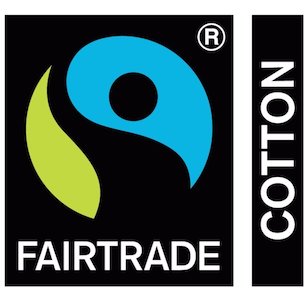

A product with a FAIRTRADE Mark means that it meets the internationally agreed social, environmental and economic Fairtrade Standards.. Two of these marks apply to textiles: the FAIRTRADE Cotton Mark and the FAIRTRADE Textile Standard. These marks are provided by Fairtrade International.
Certified B Corporation
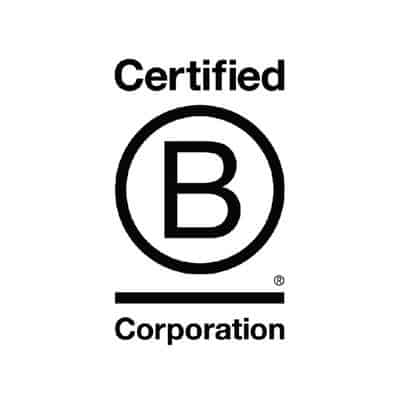
Certified B Corporations are “businesses that meet the highest standards of verified social and environmental performance, public transparency, and legal accountability to balance profit and purpose.”
Forest Stewardship Council (FSC)
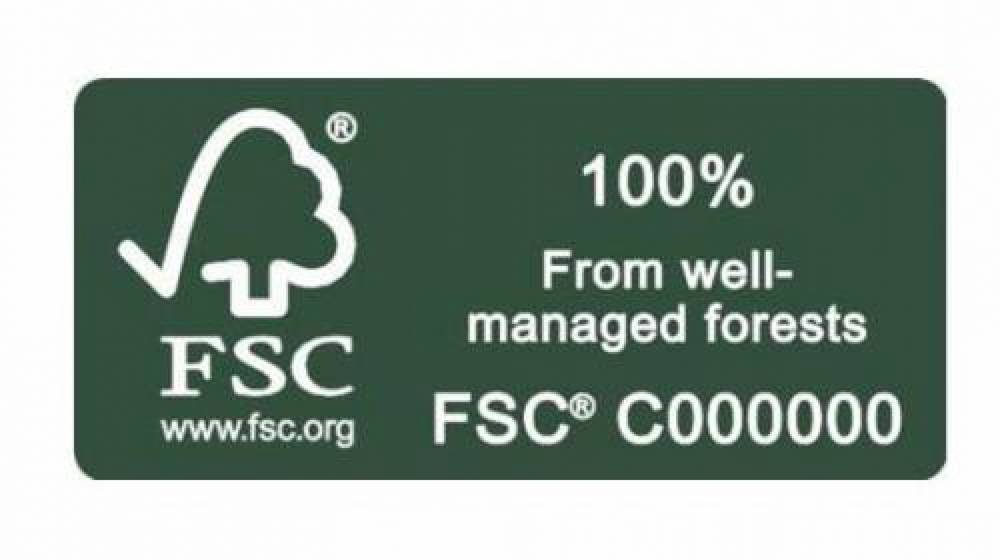
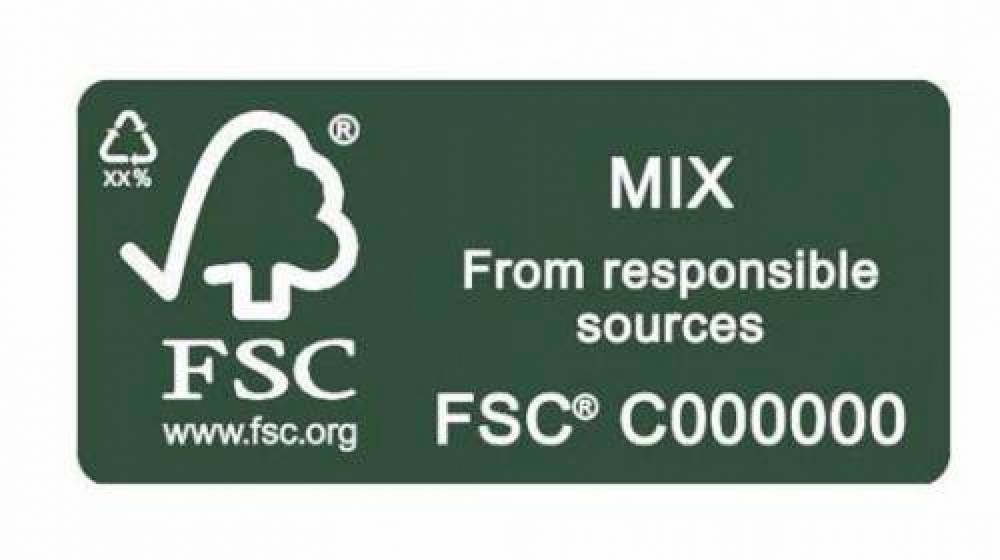
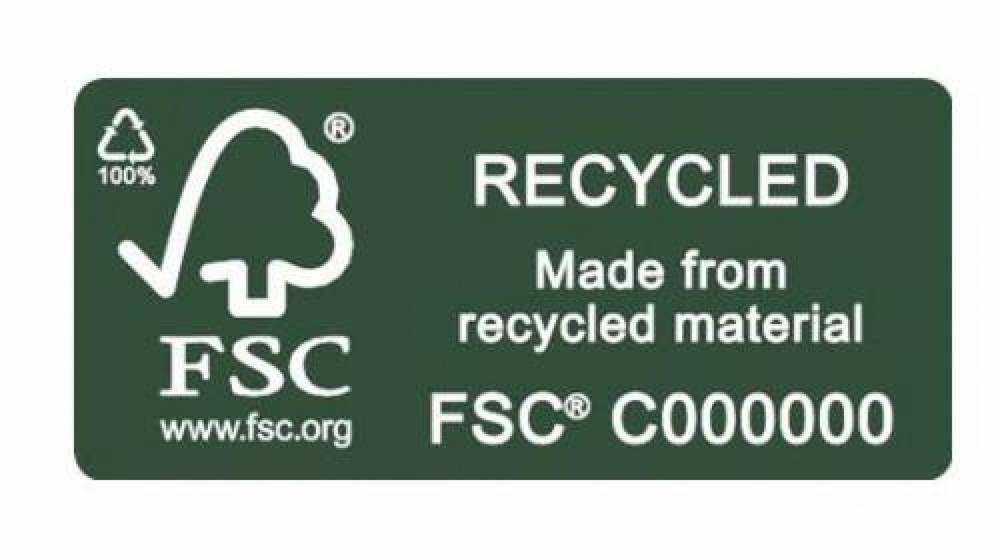
Products that are certified by the Forest Stewardship Council support responsible forest management by adhering to strict environmental and social standards. This certification applies to products that contain materials sourced from forests, like wood and rubber.
In the sustainable clothing industry, you’ll most likely see companies use FSC-certified suppliers for their packaging. You might also see the FSC logo on shoes made with natural rubber, like flip flops. Lenzing, the company that makes TENCEL lyocell and modal fabrics from wood pulp, sources most of its wood from FSC-certified sources.
There are three FSC labels: (1) FSC 100%, which means that all materials in that product are sourced from FSC-certified forests; (2) FSC Recylced, which means that the product is made from 100% recycled content; and (3) FSC Mix, which means the product contains a mix of materials from FSC-certified forests, recycled materials, and/or FSC controlled wood.
bluesign
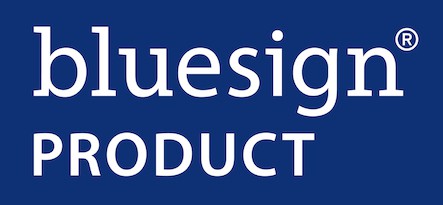
Products with a bluesign® label were produced with care to minimize impact on people and the environment.
ZQ Grower Standard
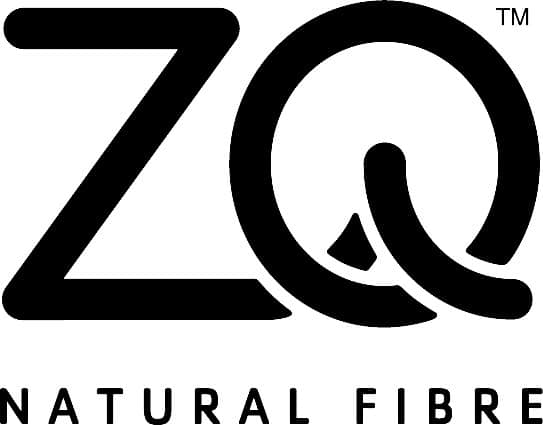
The ZQ Grower Standard is a wool certification standard with five key values: animal welfare and health; environmental sustainability; social responsibility; quality fiber; and traceability.
Responsible Wool Standard (RWS)

The Responsible Wool Standard addresses animal welfare and land management to make sure that both the sheep and the land they graze on is treated well.
Responsible Mohair Standard (RMS)
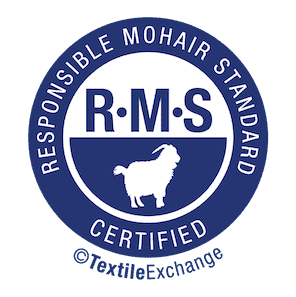
The Responsible Mohair Standard addresses animal welfare and land management to make sure that both the goats and the land they graze on is treated well.
Responsible Down Standard (RDS)
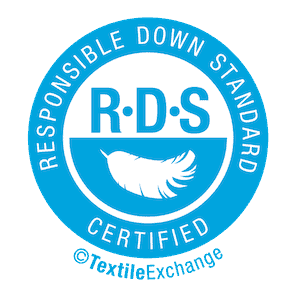
The Responsible Down Standard aims to ensure the humane treatment of the ducks and geese that provide the down and feathers used in certified products.
Recycled Claim Standard (RCS) / Global Recycled Standard (GRS)
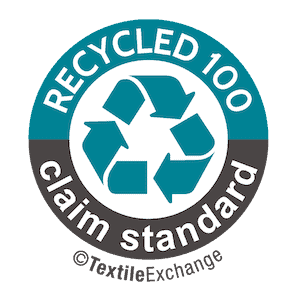
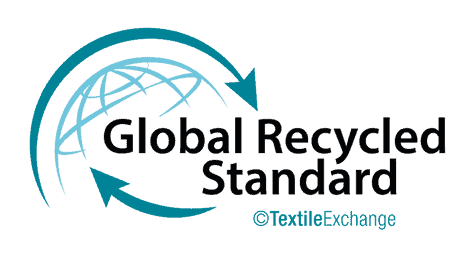
The Recycled Claim Standard and the Global Recycled Standard both verify the amount of recycled content in products. The Global Recycled Standard has additional social and environmental requirements.
Climate Beneficial™ Wool

Climate Beneficial™ Wool is wool that is sourced from sheep who graze on land that uses carbon farming. Carbon farming helps mitigate climate change by reducing the amount of carbon dioxide in the atmosphere.
Cradle to Cradle Certified™

Products that are Cradle to Cradle Certified are assessed for safety and sustainability in five categories: material health; material reuse; renewable energy and carbon management; water stewardship; and social fairness.
Leather Working Group Audited

The Leather Working Group is a member organization whose mission is to improve the environmental impact of the leather industry. The LWG audits leather manufacturers, traders, subcontractors, and commissioning manufacturers.
Regenerative Organic Certified (ROC)
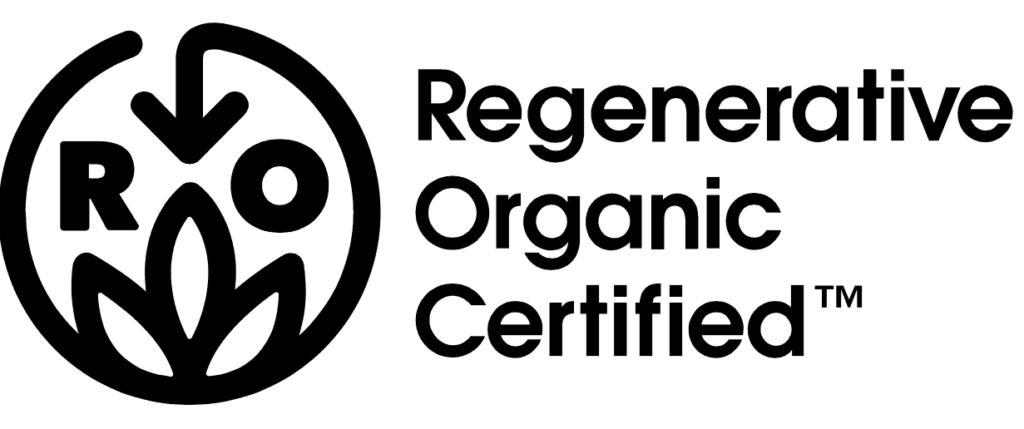
Regenerative Organic Certified™ (ROC™) is a certification for food, fiber, and personal care ingredients. ROC™ farms and products meet the highest standards for soil health, animal welfare, and farmworker fairness. ROC certification has three levels: Bronze, Silver, and Gold.
The baseline requirement to become ROC is that an entity must be certified organic from the USDA’s National Organic Program (NOP) or an international equivalent formally recognized by the NOP. The ROC adds criteria to these existing organic standards.
Worldwide Responsible Accredited Production (WRAP)
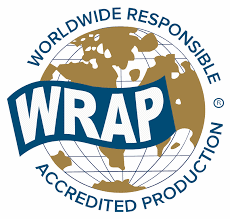
Worldwide Responsible Accredited Production (WRAP) is an independent certification program that focuses on the apparel, footwear, and sewn products sectors. Being WRAP certified means a facility is committed to responsible ethical, social, and business standards. WRAP only certifies individual facilities, not brands or ownership groups. There are three levels of WRAP certification: Platinum; Gold; and Silver.
A Few Textile Organizations You Should Know
Below are a few organizations that I wanted to list separately from the standards and certifications. This is not an exhaustive list, but ones that I felt needed to be highlighted.
Ecocert
Ecocert is an organization that provides certification for various standards, including USDA Organic agriculture, GOTS, OCS, and RWS, and its own Ecocert standards. It offers certifications for more than 150 programs. Ecocert is based in France with locations worldwide.
Organic Trade Association
The Organic Trade Association (OTA) is the membership-based business association for organic agriculture and products in North America. The OTA is based in Washington, D.C., with additional locations in Vermont, California, and Oregon. It’s one of the four organizations that develop the Global Organic Textile Standard (GOTS).
Textile Exchange
The Textile Exchange is a global nonprofit that promotes positive climate action by increasing the use of preferred fibers and material across the global textile industry. It has a suite of standards, including the Organic Content Standard (OCS) and the Global Recycled Standard (GRS).
Better Cotton Initiative (BCI)
The Better Cotton Initiative is a global not-for-profit member organization that promotes better cotton production through environmental, social, and economic sustainability.
Final Thoughts on Sustainable Clothing Certifications
It’s important that we are conscious consumers and understand what all those sustainable clothing certifications mean.
RELATED ARTICLES:
- Knickey Organic Cotton Underwear Review
- Take Care of The Family Jewels With These Men’s Organic Underwear Brands
This article gives an overview of the different sustainable clothing certifications.
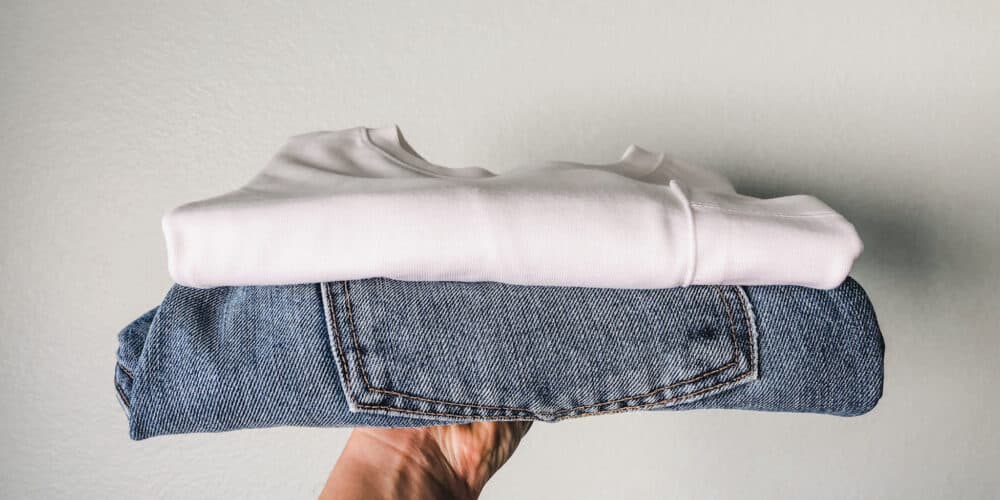
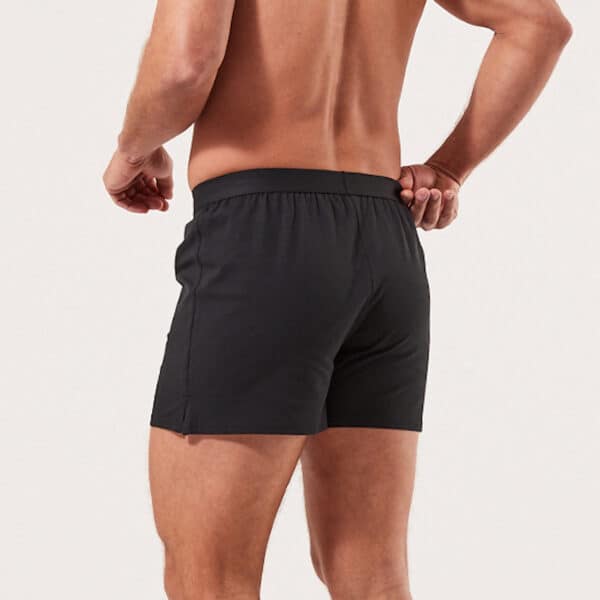
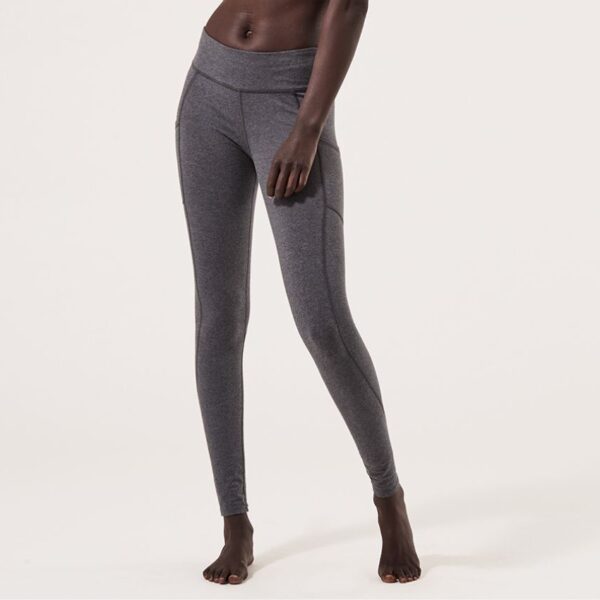
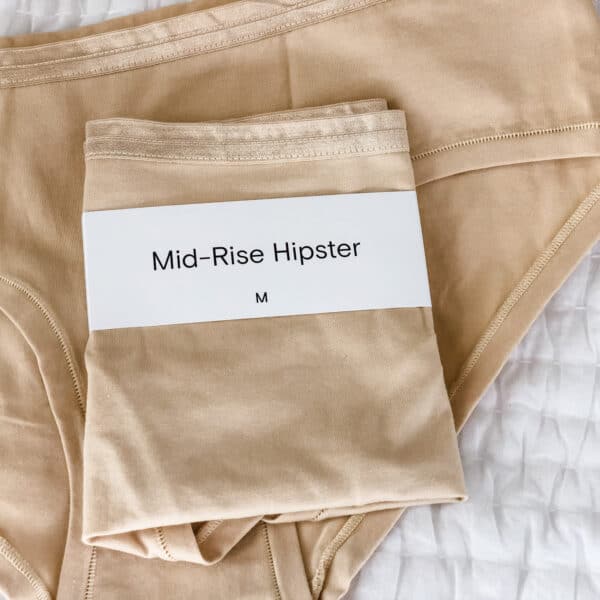
Leave a Reply